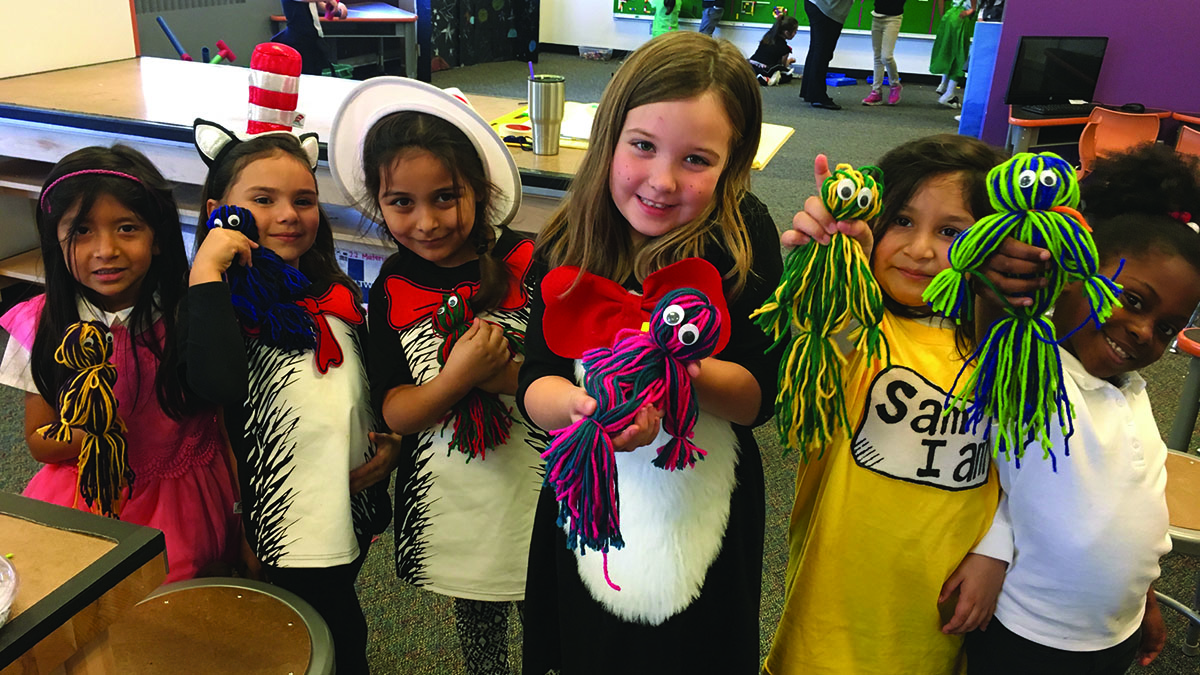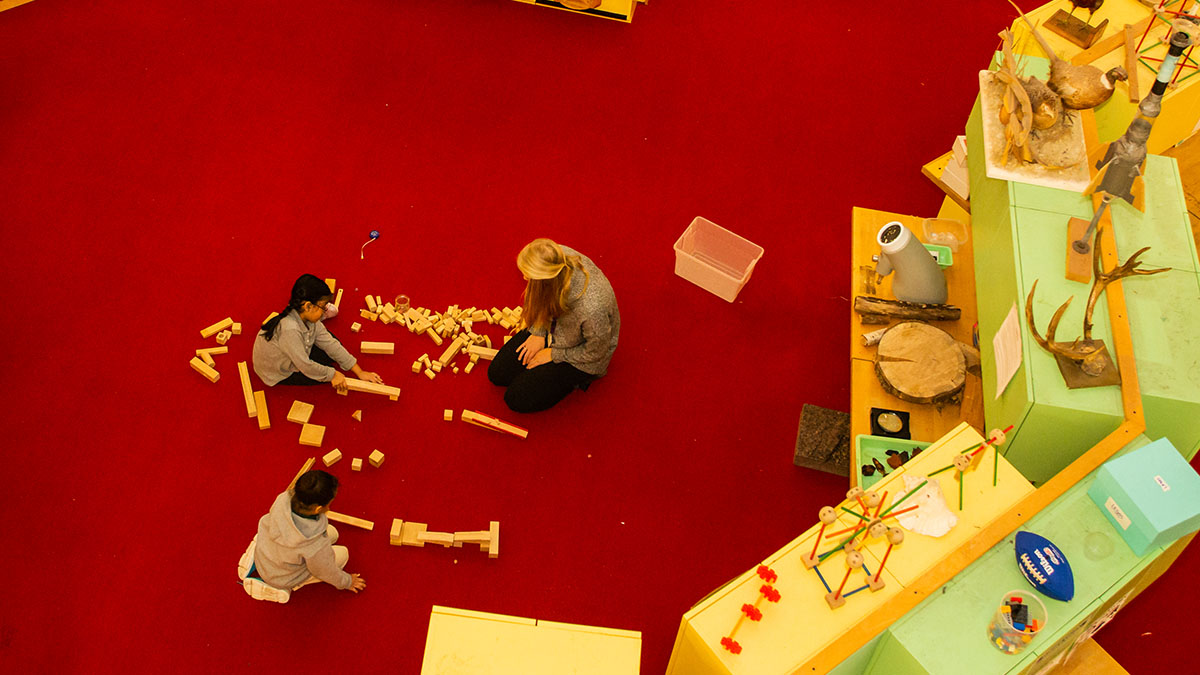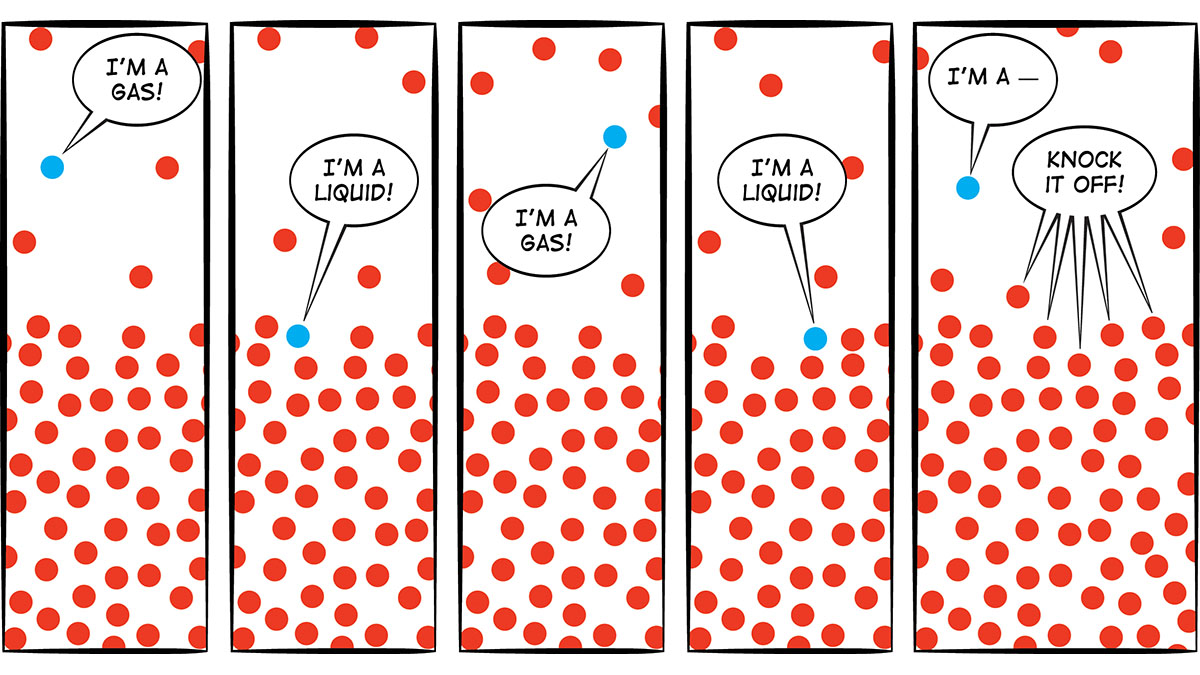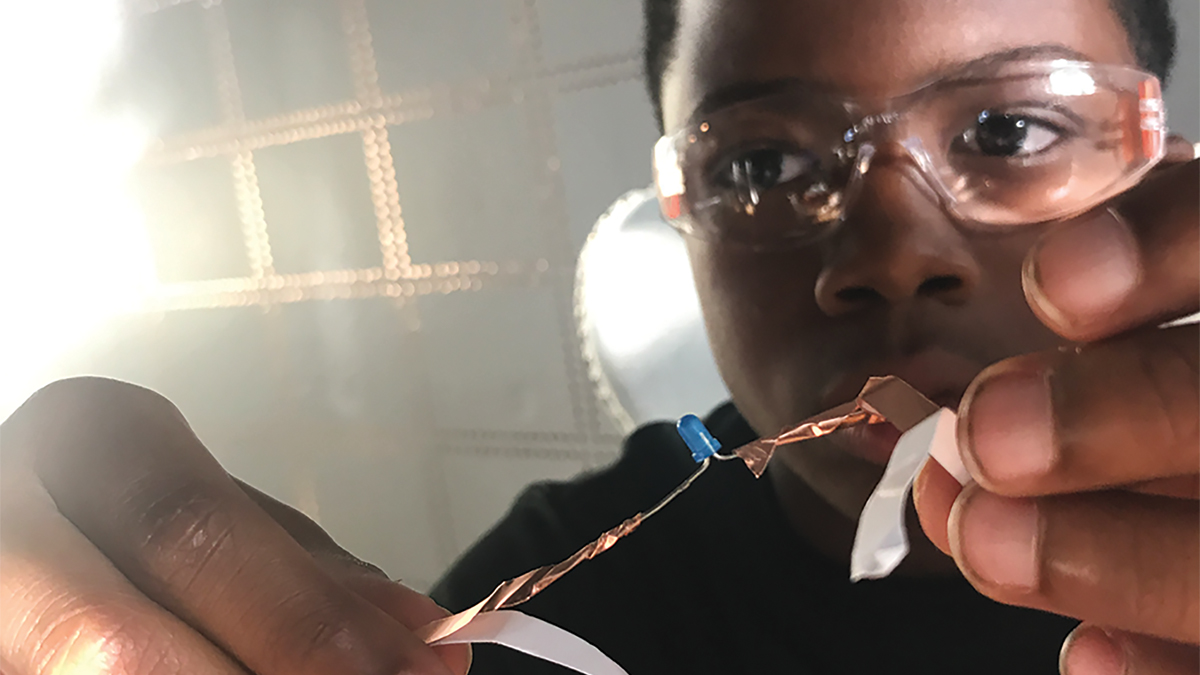Teaching Teachers
The Geometry of Buildings
A module for preservice teachers makes STEAM more accessible
Science and Children—February 2020 (Volume 57, Issue 6)
By Lauren Angelone

“Before completing this module, I had assumed that STEAM education was much more high-tech than it actually is. With this assumption in mind, I thought it would be difficult to bring STEAM into my Early Childhood Classroom. However, I now see how any STEAM lesson can be adapted to integrate technology for any age of learners. I now value STEAM more than I initially did.” – Preservice Teacher
“Before completing this module, I had assumed that STEAM education was much more high-tech than it actually is. With this assumption in mind, I thought it would be difficult to bring STEAM into my Early Childhood Classroom. However, I now see how any STEAM lesson can be adapted to integrate technology for any age of learners. I now value STEAM more than I initially did.” – Preservice Teacher
“Before completing this module, I had assumed that STEAM education was much more high-tech than it actually is. With this assumption in mind, I thought it would be difficult to bring STEAM into my Early Childhood Classroom. However, I now see how any STEAM lesson can be adapted to integrate technology for any age of learners. I now value STEAM more than I initially did.” – Preservice Teacher
An Expanded Observe-Wonder-Learn
Moving Observe-Wonder-Learn From Assessing Prior Knowledge Into a Unit-planning Tool
Engineering Encounters
The Sixth E
Incorporating engineering into a 5E learning cycle on matter
Science and Children—February 2020 (Volume 57, Issue 6)
By William Thornburgh, Justin McFadden, and Brian Robinson

Science 101
Q: What’s the difference between evaporation and boiling?
In Flight With Paper Airplanes
An exploration with elementary engineering
Science and Children—February 2020 (Volume 57, Issue 6)
By Laura Katchmark, Elisabeth McCabe, Kristen Matthews, and Michele Koomen

Robots and Reading
Trade books and circuit activities enhance science literacy and energy education.
Making the Most of a Makerspace
A three-pronged approach to integrating a makerspace into an elementary school
Science and Children—February 2020 (Volume 57, Issue 6)
By Rob Rouse, Katie Krummeck, and Olivia Uribe

Inquiry Zones
Pathways to the science and engineering practices
Science and Children—February 2020 (Volume 57, Issue 6)
By Bill Lindquist, Bryna Wiens, Robyn Char, Leah Mark, and Joshua Baumgartner

Teaching Through Trade Books
Discovering Diversity
The Poetry of Science
Time for Tinkering
Science and Children—February 2020 (Volume 57, Issue 6)
By Sylvia Vardell and Janet Wong






